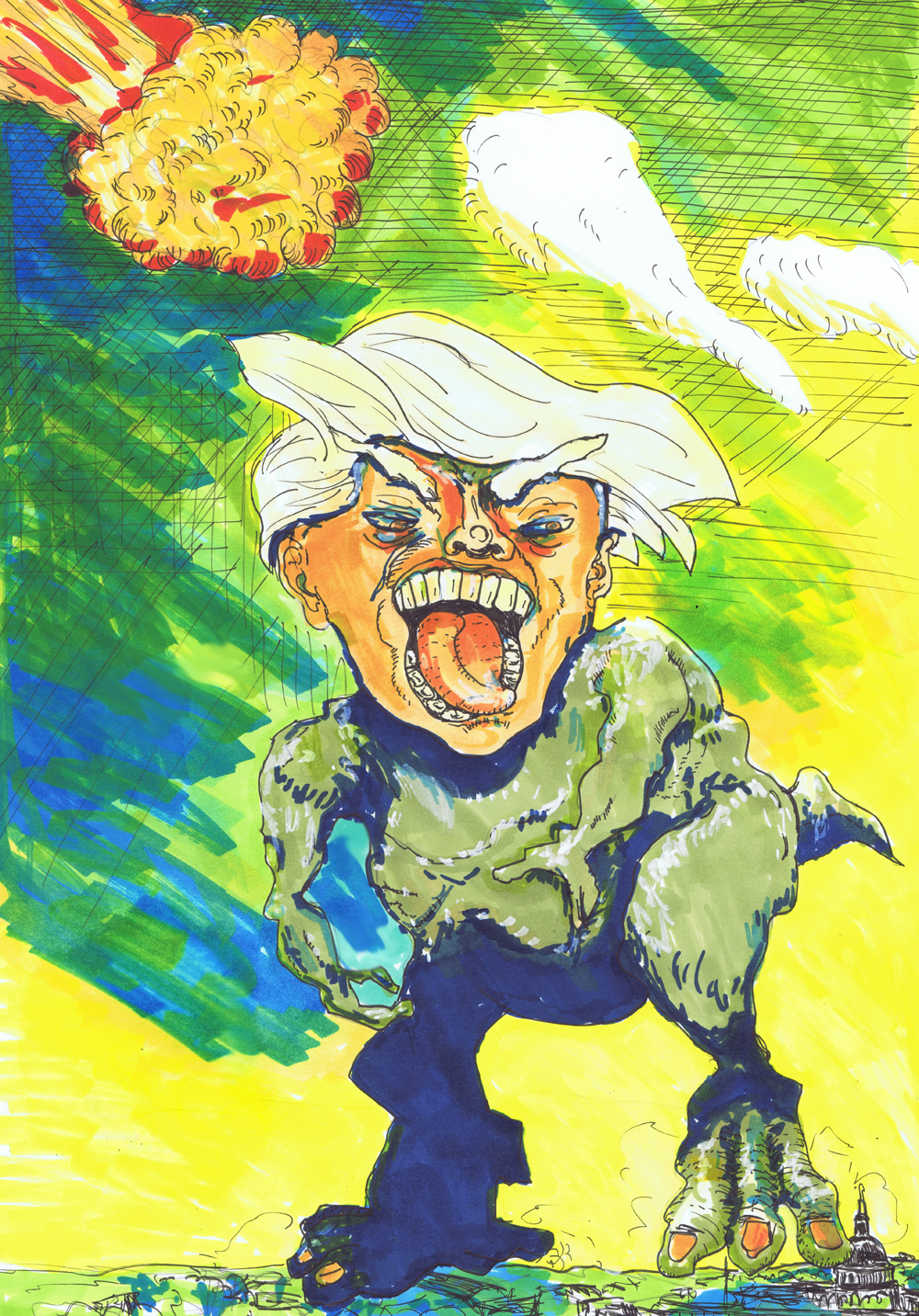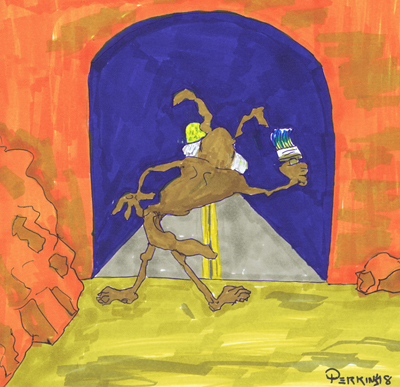First published in 1996, this book’s insight into race and relationships is just as true today as it was then. It’s about colonization and what it does to the colonized. A great book, although it was a slow start for me.
[showbookcover isbn=”9780802143570″ align=”left” width=”150″]
A national best seller, Indian Killer is arguably Sherman Alexie’s most controversial book to date—a gritty, racially charged literary thriller that, over a decade after its first publication, remains an electrifying tale of alienation and justice. A serial murderer called the Indian Killer is terrorizing Seattle, hunting, scalping, and slaughtering white men. Motivated by rage and seeking retribution for his people’s violent history, his grizzly MO and skillful elusiveness both paralyze the city with fear and prompt an uprising of racial brutality. Out of the chaos emerges John Smith. Born to Indians but raised by white parents, Smith yearns for his lost heritage. As his embitterment with his dual life increases, Smith falls deeper into vengeful madness and quickly surfaces as the prime suspect. Tensions mount, and while Smith battles to allay the anger that engulfs him, the Indian Killer claims another life. With acerbic wit and chilling page-turning intensity, Alexie takes an unflinching look at what nurtures rage within a race both colonized and marginalized by a society that neither values nor understands it.(US) (UK)




